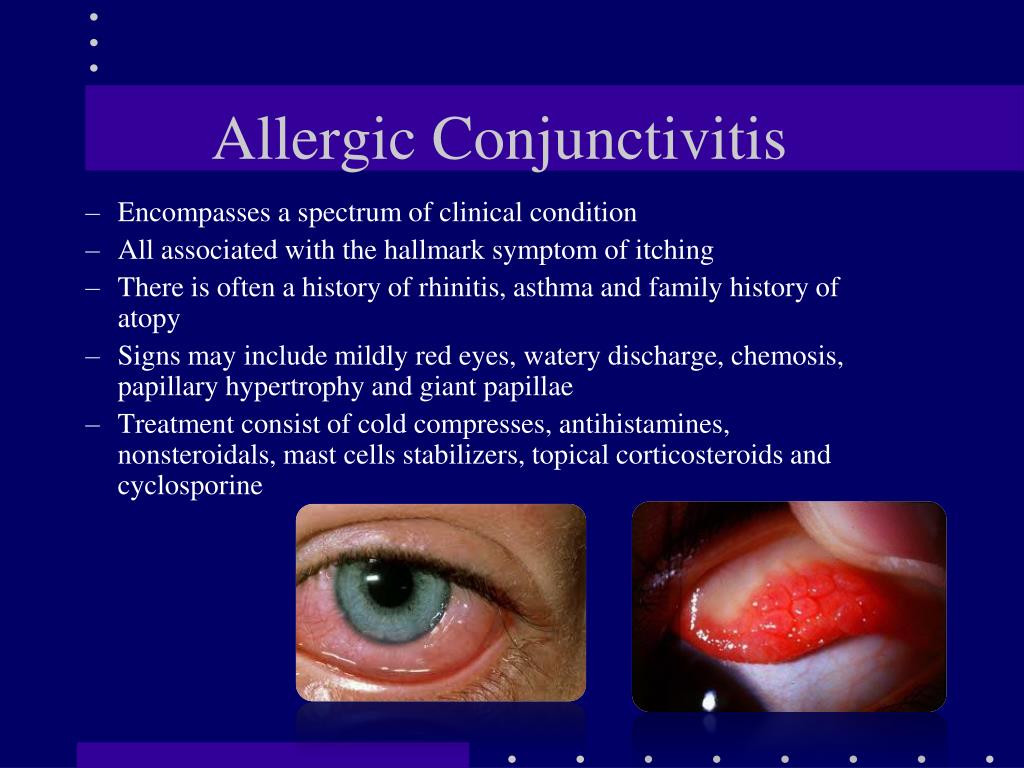

In terms of chronicity, conjunctivitis may be divided into acute with rapid onset and duration of four weeks or less, subacute, and chronic with duration longer than four weeks. Viral conjunctivitis followed by bacterial conjunctivitis is the most common cause of infectious conjunctivitis, while allergic and toxin-induced conjunctivitis are among the most common non-infectious etiologies. The etiology of conjunctivitis may be infectious or non-infectious. There are several ways to categorize conjunctivitis it may be classified based on etiology, chronicity, severity, and extend of involvement of the surrounding tissue. Interestingly, patients from a higher socioeconomic status were more likely to receive and fill a prescription for their conjunctivitis. For example, 68% of patients who visited a physician at an emergency room received antibiotic eye drops while this figure dropped to 36% for those who saw an ophthalmologist. It has been reported that nearly 60% of all patients with acute conjunctivitis receive antibiotic eye drops and the vast majority receive their prescription from a non-ophthalmologist physician.

It is estimated that the cost of treating bacterial conjunctivitis is $857 million annually in the United States alone. This imposes a great economic burden to the healthcare system and occupies a great proportion of the office visits in many medical specialties. More than 80% of all acute cases of conjunctivitis are reported to be diagnosed by non-ophthalmologists including internists, family medicine physicians, pediatricians, and nurse practitioners. Many subjects are affected with conjunctivitis worldwide, and it is one of the most frequent reasons for office visits to general medical and ophthalmology clinics. Effective management of conjunctivitis includes timely diagnosis, appropriate differentiation of the various etiologies, and appropriate treatment.Ĭonjunctivitis is characterized by inflammation and swelling of the conjunctival tissue, accompanied by engorgement of the blood vessels, ocular discharge, and pain. Long-term usage of eye drops with preservatives in a patient with conjunctival irritation and discharge points to the toxic conjunctivitis as the underlying etiology. Allergic conjunctivitis is encountered in nearly half of the population and the findings include itching, mucoid discharge, chemosis, and eyelid edema. Bacterial conjunctivitis is encountered less frequently and it is the second most common cause of infectious conjunctivitis. Viral conjunctivitis remains to be the most common overall cause of conjunctivitis. Concurrent physical exam findings with relevant history may reveal the presence of a systemic condition with involvement of the conjunctiva.

Additionally, a thorough medical and ophthalmic history should be obtained and a thorough physical examination should be done in patients with atypical findings and chronic course. In the management of suspected cases of conjunctivitis, alarming signs for more serious intraocular conditions, such as severe pain, decreased vision, and painful pupillary reaction, must be considered. Conjunctivitis is a commonly encountered condition in ophthalmology clinics throughout the world.


 0 kommentar(er)
0 kommentar(er)
